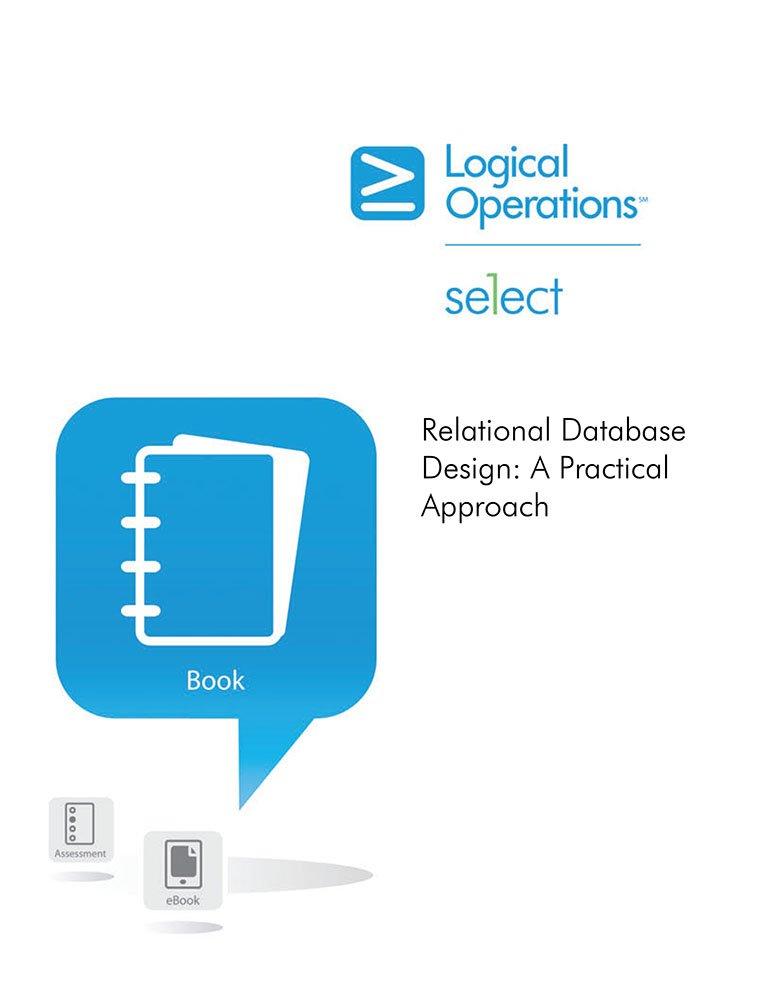Question
1. Objectives The main objective of this project is to let you know in more detail the design and description process of a Management Information
1. Objectives
The main objective of this project is to let you know in more detail the design and description process of a Management Information Base (MIB). A simple case will be studied and treated with the formalism dictated by SMI-v2 described by RFC 1213.
2. Introduction
SMI-v2 uses only a very small subset of ASN.1 and has few templates to formally describe an information base.
RFC 1213 gives the formalism to use a description of a MIB that will be handled with the SNMP protocol. This project will therefore ask you to familiarize yourself with this RFC.
3. Presentation of the context and design of the MIB
You should design a private Management Information Base to supervise a host. The goal is to use SNMP to communicate the information to a network management application and to be able to automatically control the state, generate useful reports and possibly detect performance or security issues.
- What information would be required to manage a host?
- Distinguish between the simple variables and their types, and the tables necessary for this information base.
4. Formal description of the MIB
For this part, we will offer you a simplified MIB in the Appendix. According to an informal description, you must format this MIB in accordance with the SMI-v2 standard. Pay particular attention to how a table should be described, and to the DESCRIPTION field of each object.
- Name the module containing the MIB using the following format: studentName-StudentID-MIB,
- Choose the OID (Object Identifier) of each element,
- Define a coherent tree structure,
- Use the ASN.1 syntax for the types of the elements.
-Write the complete MIB in text format using the SMI-v2 standard
5. Appendix
A-The elements to consider for the design of the MIB are:
1- Percentage of free CPU "freeCPULoad"
2- Percentage of unallocated memory "freeMemoryLoad"
3- If the workstation is an "isWebServer" web server
4- The operating system version "version"
5- The old start date of the "lastHostReboot" system
6- The number of current users that are logged into the "usersNumber" workstation
7- A table of these users: "usersTable"
8- The user's login name, "userId"
9- The date of the opening of the session, "userLoginDate"
B-Example of object type definition under SMI-v2
Step by Step Solution
There are 3 Steps involved in it
Step: 1

Get Instant Access to Expert-Tailored Solutions
See step-by-step solutions with expert insights and AI powered tools for academic success
Step: 2

Step: 3

Ace Your Homework with AI
Get the answers you need in no time with our AI-driven, step-by-step assistance
Get Started


